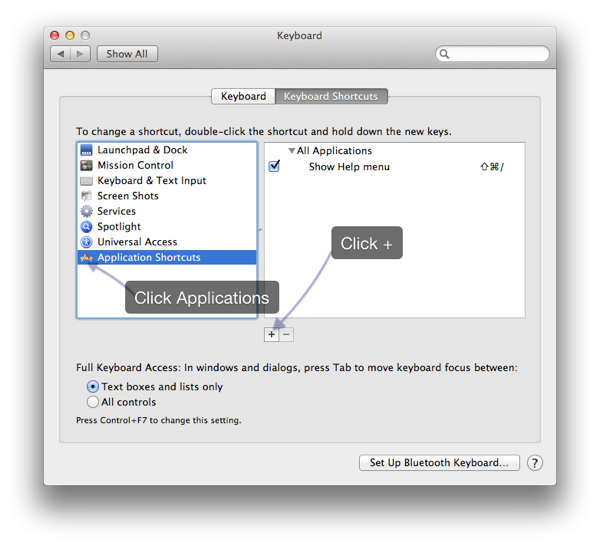
Kinda wish I were back on my last laptop where I used Arch Linux + i3 and handled XF86Brightness myself. Even so, it’d always be a delayed reaction. I think you can poll the value, though it’s three years since I prodded this stuff and my memory is vague. I don’t know of any way of being notified when the internal display brightness changes, either. Laptop brightness keys (what Linux calls XF86BrightnessUp and XF86BrightnessDown) can’t be remapped by any means I know of. And only the first one is exposed anywhere in the UI: in Settings → System → Display (where you change the screen resolution and such) it lets you change the brightness of an internal display, but says something like “you can’t adjust the brightness of this device” for external monitors. I say “seems to” because they don’t document these facts, this is just what I observe by fiddling with the APIs. Windows has two completely different APIs for adjusting screen brightness: one seems to only work on internal displays, the other seems to only work on external displays. Because the standard software that comes out of the box doesn’t let you adjust the brightness of external monitors in any operating system I know of, and adjusting brightness by pressing buttons on the monitor’s on-screen display is invariably a pain. I believe that the difficulty of controlling external monitor brightness is a significant factor in almost all people running external displays too bright (often much too bright). Never had any issue, always detected as same monitor and same PC over DP: no problem. This same screen works perfectly with a usb-c (no thunderbolt) laptop on linux. No idea what exactly that means, it didn't do anything. I found an option on the bios to enable "high speed display output". I guess at least there is some output, so it's got that going over windows. Sometimes, if it works at 60Hz, if the display goes to sleep it won't come back on at 60Hz. I would say there's a 50/50 chance it won't detect it at 60 Hz. The monitor IS detected, it shows up in the Display Preferences if I connect it to both usb-c and display port. When I turned the computer back on the next morning, it was again off on the windows login screen. I don't know how, but I've managed to get it to work exactly once. On windows it turns off when getting to the login screen. I've next connected a regular usb-c monitor to it (DP alternate mode + usb2 for peripherals). Mostly works if I force the thunderbolt mode to DisplayPort only in the bios.


Sometimes it doesn't detect the USB ports on it either. Put the computer to sleep though and the screen never comes back on. I've managed to connect an Apple thunderbolt display to it with official tb2 -> tb3 adapter, it works well most of the time. It has a thunderbolt 3 / usb-c / dp connector which is downright awful. I have a desktop PC which exhibits the same kind of weird behaviour you have. I don't own a usb-c mac, but I've never had any problems whatsoever with my 2013 retina, always works perfectly even with screens. To me it looks much more like a compatibility issue. I wonder wether there's some problem with the usb-c alternate modes and their implementations / drivers.īelow are a bunch of my experiences with this which shows that behaviours are all over the place which kind of excludes an outright broken OS or piece of equipment.


 0 kommentar(er)
0 kommentar(er)
